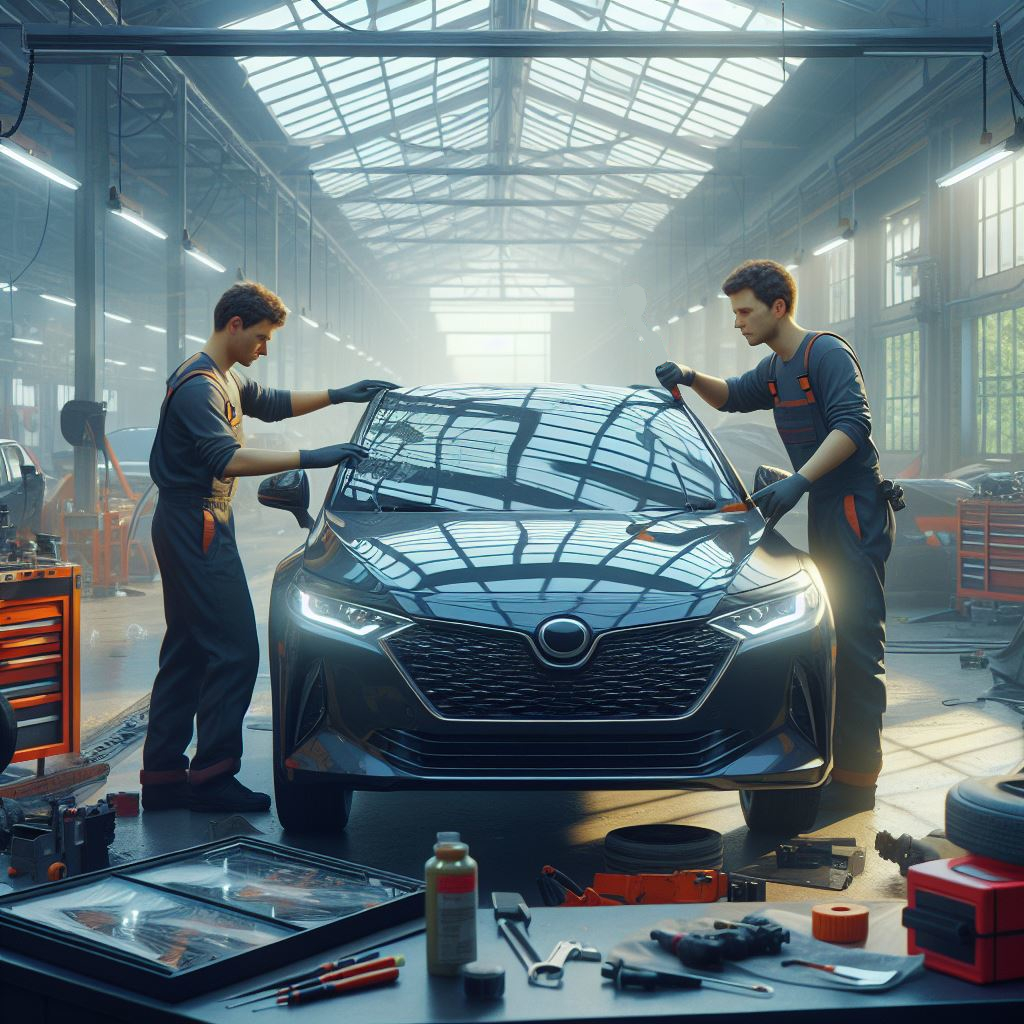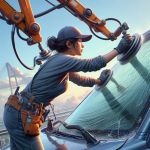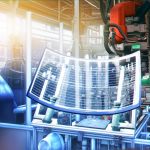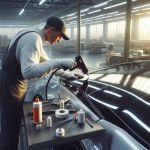ADAS Calibration and Windshield Replacement: Ensuring Safety with SafeRide Auto Glass
Why is ADAS Calibration Required After Windshield Replacement?

Types of ADAS Calibration: Static vs. Dynamic
Static Calibration
Static calibration is performed in a controlled environment, typically in a service bay or garage, using specialized equipment and precise alignment tools. During this process, the vehicle is positioned in a fixed location, and the sensors are recalibrated using alignment targets or a computer-based system. The vehicle does not need to be driven during static calibration, and the process is often used for vehicles that don’t require movement or on-road testing.
Dynamic Calibration
At SafeRide Auto Glass, our certified technicians are equipped to perform both static and dynamic calibrations, depending on the requirements of your vehicle. We ensure that all ADAS systems are thoroughly tested and recalibrated to guarantee your safety.
ADAS Calibration is Not Optional—It's a Safety Requirement
Trust SafeRide Auto Glass with Your ADAS Calibration
Windshield Repairs Covered by Insurance
Why Choose SafeRide Auto Glass?

Certified Technicians
Our team consists of highly trained and certified technicians with extensive experience in both windshield replacement and ADAS calibration.

State-of-the-Art Equipment
We use the latest calibration tools and technologies to ensure accurate and reliable results, no matter what type of ADAS calibration your vehicle requires.

Convenience
Our free mobile service means we can come to you, whether you’re at home, at work, or anywhere in Northern Virginia, Maryland, or Washington, DC, for your windshield replacement and calibration.

Insurance Assistance
We will handle all communication with your insurance company, making sure that your claim is processed quickly and efficiently. We are approved by all major carriers, so your claim is guaranteed to be accepted








